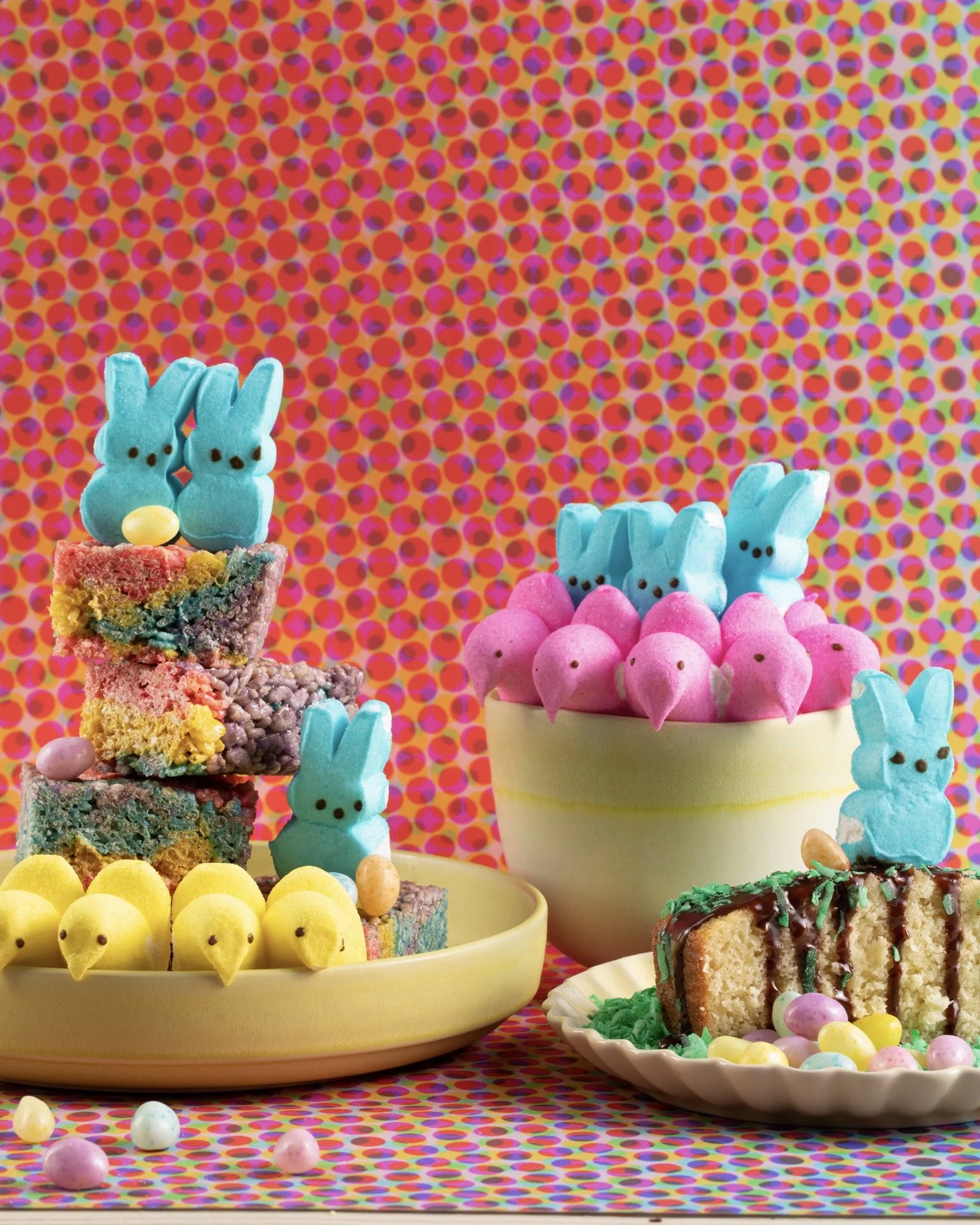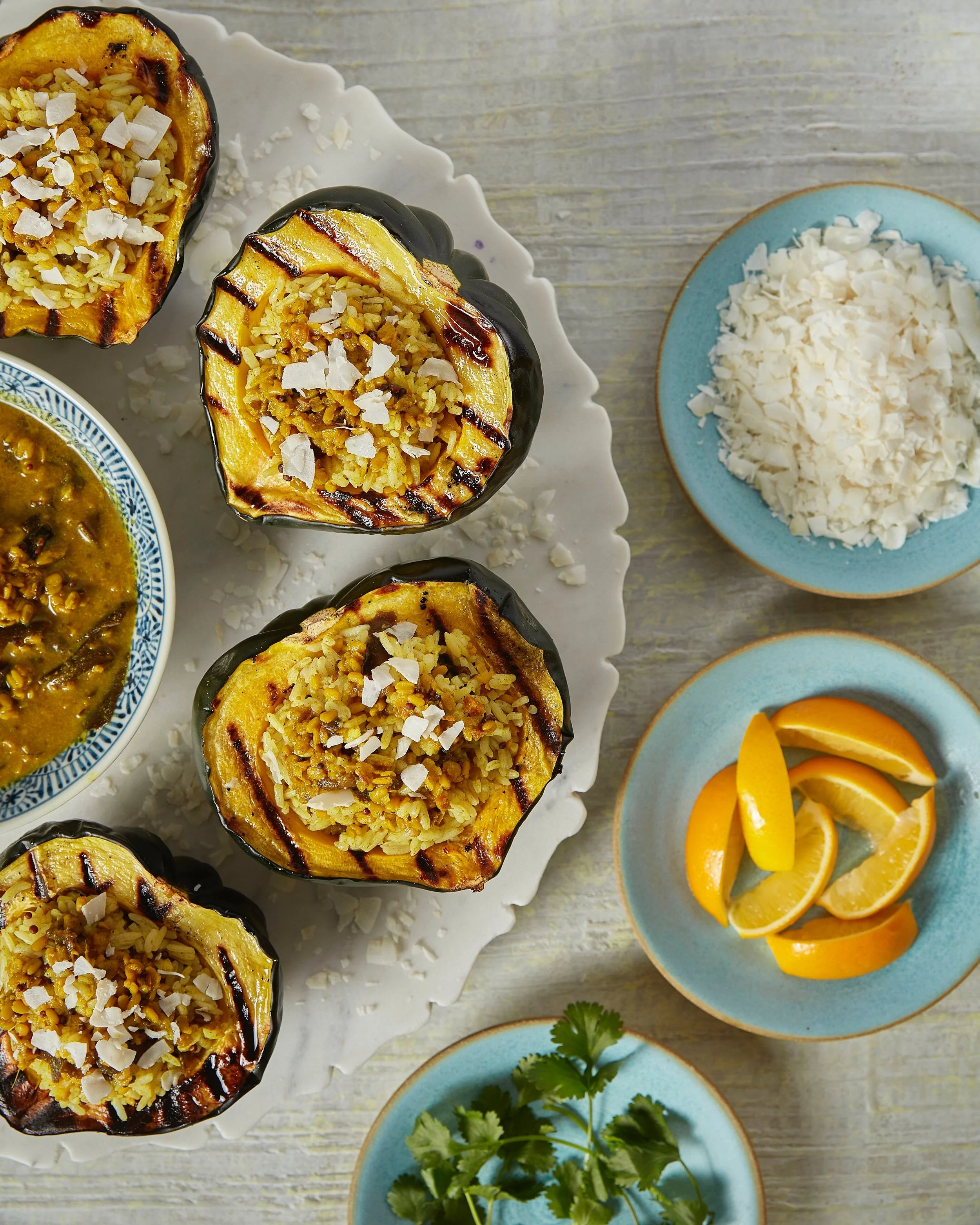Two Pittsburgh Breweries Get Wild
Photography by Julie Kahlbaugh/ Story by Maggie Weaver/ Beer by Trace Brewing
If you’ve been keeping up with the brewing industry over the past few years, chances are you’ve heard the phrase wild beer.
This term is what Head Brewer and Head of Funk Zach Colton at Trace Brewing calls a “catch-all,” covering all styles of beer made using specific families and types of yeast and bacteria that most brewers would consider, if unwanted, to be an “infection” in their beers.
These beers stray from typical brewer’s yeast and clean-beer styles, and there’s a whole universe of new flavors that come with them. Colton brings up a few – wet fur, cheese, socks, fruit – emphasizing that the beers end up being more complex, more dynamic in flavor than clean beers.
“The goal is not to make something where the sourness is the first thing you notice,” Colton explains.
You never know what you’re going to get with a wild beer. Paul Schneider, Head of Brewing Operations at Cinderlands Beer Co., says you have to be prepared to dump a portion of your brews – it’s that unpredictable. Think of it more like guiding; brewers give up the control to create a more unique brew.
Last year, Cinderlands turned their Lawrenceville location into a foederhouse. Foeders, large oak barrels often used to ferment wine, act like a cast-iron pan: they absorb bacteria and microorganisms from past beers and eventually develop character and personality, infusing funky flavors on beers.
“[At Cinderlands] we have a ton of stainless steel capacity for making beer,” says Schneider. “And it’s just like, there’s a production stream that feels relentless, it’s a freight train. The foederhouse is like the exact opposite of that. It’s a sailboat in the Caribbean just going where the wind takes it.”
“I put beer in those foeders and people ask me what’s in them, and I say, ‘Well, I don’t know, it hasn’t told me yet. I don’t know if that foeder is going to be a user, or a blender, or a dump.”
Though the foederhouse has been closed for about 11 months, Schneider has beers fermenting. It can take weeks to months to years for wild beers to ready, depending on the flavors.
“You have to go back and back until you’re hitting the right profile. While one thing that you like is increasing, another thing you don’t like might also be increasing, you have to make a judgment about the balance of the beer, and how much oak tannin, for example, you’re willing to accept, to get a little more funk or a little more acid,” Schneider says.
(Some of the quicker lagers Schneider brewed took six to twelve weeks, but that’s considered a clean beer, used to strip the foeder of its pungent oak and vanilla flavors.)
Currently, Schneider is fermenting two foeder-fermented brews on fruit, which, when they are ready, will have taken a year or more to develop. It’s a process of fermentation and refermentation, maturing and re-maturing, and waiting until the beer is stable to move on to the next step.
“You set the beer on a course,” he explains, “You kind of close your eyes and roll the ball, and it kind of listens to the universe and does what it’s going to do, as part of the laws of chemistry and biochemistry. You listen to the beer, you have patience, you try to understand what’s happening.”
Schneider has also produced a handful of foeder-fermented saisons, a mid-point between a clean lager and wild beer.
At Trace, along with foeders, Colton ferments his wild beers in a coolship, a traditional open-top brewing vessel used to cool off hot wort (unfermented beer) that’s integral in making beer styles like Belgian lambic. The vessel, similar to a giant, shallow bathtub, is held in a sauna-like, temperature-controlled room next to the brewery’s beer garden, and when not in use, gets covered and functions as a large table.
Colton has two wild beers from his coolship currently sitting in barrels for continued fermentation, a wild-yeasted saison with no bacteria that he’s hoping to move on to a second aging phase in six to eight months, and a mixed-culture brew which he’ll let sit for about a year.
Most recently, he’s executed the brewery’s first spontaneous beer, which, unlike the previous two coolship beers, doesn’t get any yeast. As the wort cools in the open-top vessel, it pulls yeast and bacteria out of the ambient air and begins to spontaneously ferment. Left overnight, it’s then transferred to barrels where the cooled wort will continue fermenting, into actual beer, for about a year.
“People say brewing is a cross between art and science, and that is particularly clear when you get into this stuff,” Colton says. “If you explained the concept of spontaneous brewing to someone today, they’d probably be like, ‘Why?’”
His answer: “It’s historical, it’s traditional, it’s a more romantic, passionate type of beer to make. It’s risky.”
12 Month - 6 issue subscription












Indulge in the taste spring with this delicious Cherry Galette